Home>Furniture>Kitchen Furniture>How To Use The LG Induction Cooktop
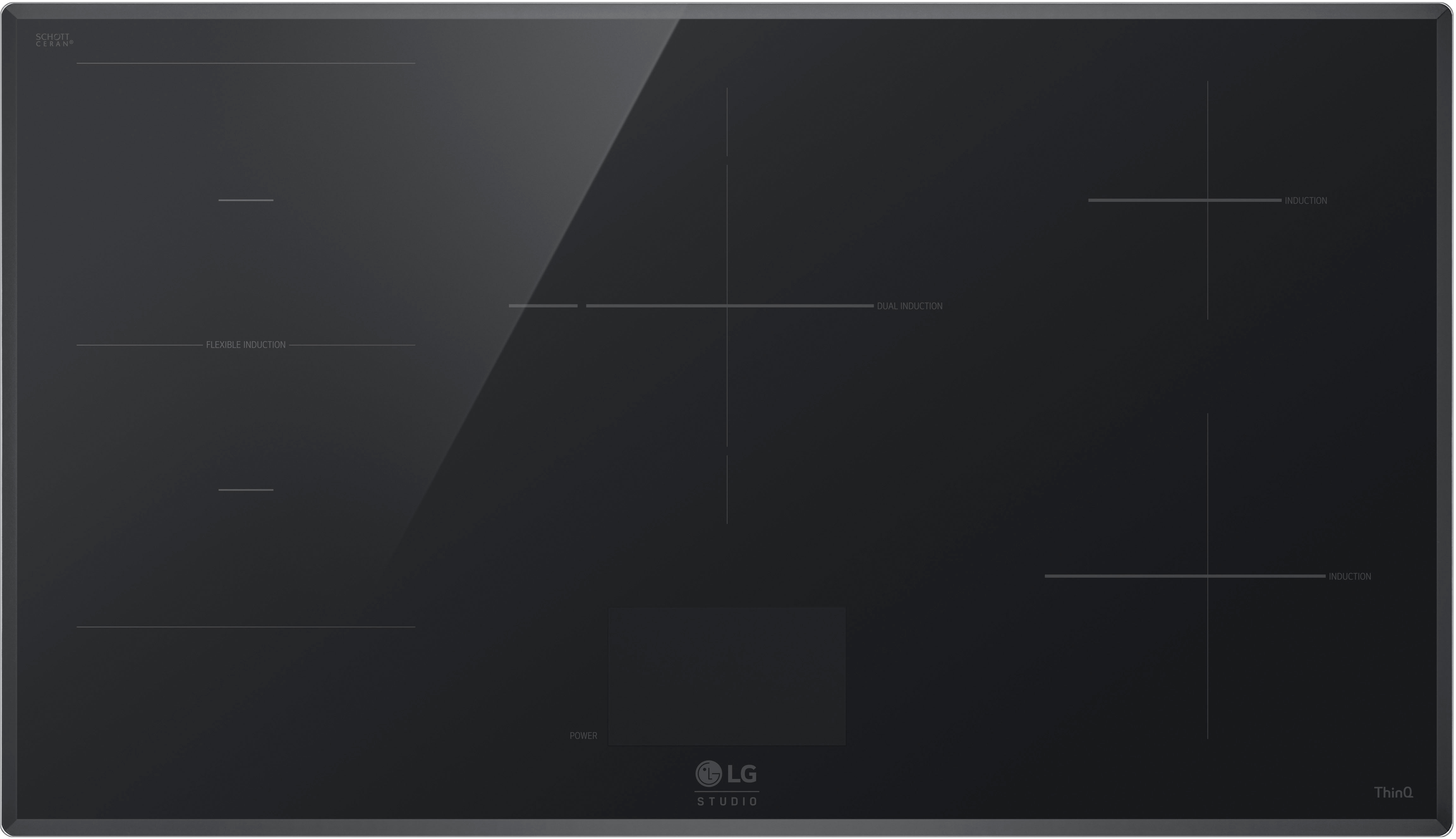

Kitchen Furniture
How To Use The LG Induction Cooktop
Modified: February 29, 2024
Learn how to effectively use LG induction cooktops with these informative articles. From basic operation to advanced tips, discover how to make the most of your cooking experience.
(Many of the links in this article redirect to a specific reviewed product. Your purchase of these products through affiliate links helps to generate commission for Storables.com, at no extra cost. Learn more)
Introduction
Welcome to the world of LG induction cooktops, where cooking becomes a breeze and culinary creativity knows no bounds. Whether you’re a seasoned chef or a kitchen novice, this advanced cooking appliance is designed to make your cooking experience faster, more efficient, and incredibly enjoyable. In this article, we will explore how to use an LG induction cooktop, from its safety precautions to its various features and functionalities.
Induction cooktops have gained immense popularity in recent years due to their numerous advantages over traditional gas or electric cooktops. They use electromagnetic fields to directly heat the cookware, resulting in faster heating times and precise temperature control. This means that you can say goodbye to unevenly cooked meals and hello to perfectly seared steaks, delicate sauces, and fluffy pancakes.
Before we dive into the specifics of using an LG induction cooktop, it’s crucial to familiarize ourselves with the safety precautions. As with any cooking appliance, it’s important to ensure the well-being of yourself and those around you. By adhering to the recommended safety guidelines, you can make the most of your cooking experience without any unnecessary risks.
So, let’s embark on this journey of culinary excellence as we explore the world of LG induction cooktops and learn how to unleash your inner chef. Get ready for a cooking adventure like no other!
Key Takeaways:
- Embrace the world of LG induction cooktops for faster, more efficient, and enjoyable cooking. Follow safety precautions, choose the right cookware, and unleash your culinary creativity with precise temperature control.
- Ensure a secure and worry-free cooking experience with LG induction cooktops. From installation to troubleshooting, prioritize safety, experiment with power levels, and enjoy the convenience of timed cooking.
Read more: How To Use The Bosch Induction Cooktop
Safety Precautions
When it comes to using any cooking appliance, safety should always be a top priority. Here are some vital safety precautions to keep in mind when using an LG induction cooktop:
- Read the User Manual: Before using the cooktop, thoroughly read the user manual provided by LG. This will give you a complete understanding of the safety precautions specific to your model.
- Keep Flammable Materials Away: Remove any flammable materials, such as paper towels or kitchen towels, from the vicinity of the cooktop. Accidental ignition can occur if these items come into contact with the hot surface.
- Child Safety Lock: If your LG induction cooktop is equipped with a child safety lock feature, make sure to activate it when not in use. This will prevent children from accidentally turning on the cooktop or making any adjustments.
- Don’t Touch Hot Surfaces: The induction cooktop surface can become extremely hot during and after cooking. Avoid touching it directly and use oven mitts or pot holders when handling hot cookware.
- Avoid Water Contact: To prevent electric shock, ensure that the cooktop is dry before usage. Do not immerse any part of the cooktop or its components in water.
- Unplug During Maintenance: Before cleaning or performing any maintenance tasks on the cooktop, make sure to unplug it from the power source. This will prevent any accidental activation while you are working on it.
- Cool Down Completely: Allow the cooktop to cool down completely before cleaning or storing it. This will prevent any accidental burns or damage to the surface.
- Pan Overhang Prevention: When using the cooktop, ensure that the cookware being used does not overhang the edges of the cooking zone. This can lead to instability and increase the risk of spills or accidents.
- Proper Ventilation: During cooking, ensure that there is proper ventilation in the kitchen to dissipate any smoke, odors, or heat. Open windows or use an exhaust fan to maintain a comfortable cooking environment.
- Maintenance and Repairs: Only qualified technicians should perform any repairs or maintenance tasks on the cooktop. Contact the LG customer support team if you encounter any issues or have any concerns about your induction cooktop.
By following these safety precautions, you can ensure a secure and worry-free cooking experience with your LG induction cooktop. Remember, safety always comes first when it comes to enjoying the pleasures of the kitchen.
Components and Features
The LG induction cooktop is packed with various components and features that enhance its functionality and make cooking a breeze. Let’s explore some of the key components and features you can find in an LG induction cooktop:
- Cooking Zones: LG induction cooktops typically have multiple cooking zones or burners, each with its own heat settings and controls. These zones allow you to cook multiple dishes simultaneously, saving you time and effort.
- Induction Technology: The induction technology used in these cooktops ensures rapid and efficient heating. It utilizes electromagnetic fields to generate heat directly in the cookware, resulting in faster cook times and precise temperature control.
- Touch Controls: Most LG induction cooktops feature sleek touch controls that allow you to easily adjust the heat settings and power levels. These intuitive controls make it simple to navigate and customize your cooking experience.
- Power Boost Function: The power boost function on LG induction cooktops provides a quick burst of heat to a specific cooking zone. This feature comes in handy when you need to bring a large pot of water to boil or sear ingredients at high temperatures.
- Cooking Modes: LG induction cooktops often come with a range of cooking modes, including simmer, boil, fry, and grill. These preset modes make it easier to achieve the perfect cooking results for different dishes without needing to manually adjust the heat levels.
- Pause and Resume: With the pause and resume feature, you can temporarily stop the cooking process to attend to other tasks or make adjustments. Once you are ready to resume cooking, simply select the same cooking zone and desired heat level.
- Safety Sensors: LG induction cooktops are equipped with safety sensors that detect and respond to various situations. For example, the cooktop may automatically shut off if it detects an empty or improperly placed pot, preventing accidental overheating.
- Auto Power Off: Another safety feature found in LG induction cooktops is the auto power off function. If a cooking zone is left unattended for a prolonged period, the cooktop will automatically turn off to prevent any potential hazards.
- Easy Cleaning: The smooth surface of the induction cooktop makes it easy to clean. Simply wipe away any spills or splatters with a damp cloth or sponge. Some models also feature a dedicated cleaning mode to assist with maintenance.
- Cookware Compatibility: LG induction cooktops work best with compatible cookware made from magnetic materials, such as cast iron or stainless steel. Ensure that your cookware is induction-compatible to achieve optimal performance.
These are just a few of the components and features you can expect to find in an LG induction cooktop. With their advanced technology and thoughtful design, these cooktops offer a wide range of functionalities to elevate your cooking experience to new heights.
Installation
Installing an LG induction cooktop requires careful consideration and attention to detail to ensure proper functionality and safety. Here are the key steps to follow during the installation process:
- Choose the Right Location: Select a suitable location for your induction cooktop. Ensure that there is sufficient space for the cooktop, allowing for proper ventilation and clearance from surrounding objects.
- Measure and Cut the Countertop: Take precise measurements of the cooktop’s dimensions and cut an opening in the countertop that matches these measurements. Carefully follow the instructions provided in the user manual for accurate cutting.
- Check Electrical Requirements: Verify the electrical requirements for your LG induction cooktop. Ensure that you have the appropriate voltage and amperage available and consult a qualified electrician if modifications are needed.
- Prepare the Wiring: If necessary, make the necessary electrical connections for the cooktop. Follow the detailed instructions provided in the user manual or seek professional assistance from an electrician to ensure proper installation.
- Mount the Cooktop: Carefully secure the induction cooktop into the cutout on the countertop, ensuring a snug fit. Some models may require additional brackets or screws for secure mounting.
- Connect to Power Supply: Once the cooktop is in place, connect it to the power supply according to the provided instructions. Take precautionary measures, such as turning off the main power supply, before making any electrical connections.
- Perform a Test Run: Before regular use, it is essential to perform a test run of the cooktop to ensure that everything is functioning correctly. Test each cooking zone and verify that the controls and settings are responsive.
- Seal the Edges: To prevent any liquid or debris from seeping underneath the cooktop, use a suitable sealant to create a watertight seal along the edges between the cooktop and the countertop.
- Read the User Manual: Familiarize yourself with the specific installation instructions provided in the user manual for your LG induction cooktop. This will ensure that you follow any model-specific guidelines and recommendations.
- Consult a Professional: If you are unsure about any aspect of the installation process or want to ensure the best results, it is advisable to seek professional assistance from a qualified installer or technician.
Proper installation of an LG induction cooktop is crucial for optimal performance and safety. By following these steps, you can be confident in setting up your induction cooktop and enjoying its many benefits in your kitchen.
Power Supply
Ensuring the correct power supply for your LG induction cooktop is essential for its efficient and safe operation. Here’s what you need to know about the power supply requirements:
Voltage: LG induction cooktops typically require a 220-240V electrical supply. It is crucial to confirm your home’s voltage compatibility before purchasing and installing the cooktop. If your electrical supply does not meet the required voltage, you may need to consult an electrician and make the necessary modifications.
Amperage: The amperage required for the induction cooktop depends on the specific model and its power requirements. It is important to check the user manual or product specifications for the exact amperage rating. To ensure safe operation, it is recommended to have a dedicated circuit with the appropriate amperage for the cooktop.
Circuit Breaker: LG induction cooktops typically require a circuit breaker with a specific amperage rating to protect against overloading and electrical faults. Ensure that the circuit breaker matches the cooktop’s requirements to prevent any potential electrical hazards.
Wiring: The wiring for the induction cooktop should be done following local electrical codes and regulations. It is important to use the correct gauge of wire suitable for the amperage and length of the electrical circuit. For complex wiring tasks, it is advisable to seek professional assistance from a licensed electrician to ensure compliance and safety.
Grounding: Proper grounding is critical for the safe operation of the induction cooktop. Ensure that the cooktop is connected to a properly grounded outlet or junction box. This grounding connection helps protect against electrical shocks and provides a path for fault currents, ensuring the safety of both the appliance and the user.
Emergency Power Shut-off: As an additional safety measure, it is recommended to install an emergency power shut-off near the cooktop. This allows for quick disconnection of power in case of emergencies or when performing maintenance tasks on the cooktop.
It is important to remember that these power supply requirements may vary depending on your specific LG induction cooktop model. Always refer to the user manual and follow the manufacturer’s recommendations for the correct power supply configuration.
If you have any doubts or concerns regarding the power supply requirements for your LG induction cooktop, it is best to consult a qualified electrician who can assess your electrical system and ensure a safe and suitable power supply for your appliance.
Read more: How To Use Summit Induction Cooktop
Control Panel
The control panel of an LG induction cooktop is designed to provide a user-friendly interface that allows you to easily adjust settings and customize your cooking experience. Here’s a breakdown of the various components and functions you’ll find on the control panel:
Power On/Off: Located prominently on the control panel, the power button allows you to turn the cooktop on and off with a simple press. This is the first step to activate the cooktop and start cooking.
Cooking Zones: The control panel displays the different cooking zones or burners on the cooktop, each with its own set of controls. This allows you to simultaneously control multiple cooking zones and adjust their settings independently.
Heat Settings: The control panel features heat settings that allow you to adjust the power level for each cooking zone. You can increase or decrease the heat intensity to achieve the desired cooking temperature for your dishes.
Timer: The timer function on the control panel allows you to set a specific cooking time for each cooking zone. This feature is useful when you need to time your cooking accurately or want the cooktop to automatically turn off after a set duration.
Cooking Modes: LG induction cooktops often offer various preset cooking modes, such as simmer, boil, fry, or grill. These modes can be selected from the control panel, adjusting the heat settings and power levels accordingly to suit different cooking requirements.
Touch Controls: The control panel of an LG induction cooktop typically features touch-sensitive controls. These responsive controls allow you to navigate through the different settings and adjust them with a simple touch or swipe gesture.
Lock Function: Many LG induction cooktops come with a lock function on the control panel to prevent accidental changes in settings. By activating the lock, you can safeguard your chosen settings and avoid any unintentional adjustments during cooking.
Indicator Lights: Indicator lights on the control panel provide visual feedback about the status of the cooktop. These lights may indicate the power status, heat level, active cooking zones, or when the cooktop reaches a specific temperature.
Pause and Resume: The control panel may include a pause button that allows you to temporarily stop the cooking process. This feature is useful when you need to attend to other tasks or make adjustments while ensuring the cooktop remembers your previous settings.
Settings and Customization: LG induction cooktops often provide additional settings and customization options on the control panel. These may include language selection, display brightness adjustment, or specific features unique to the model.
Familiarize yourself with the specific layout and functions of the control panel on your LG induction cooktop by referring to the user manual. This will enable you to make the most of its features and harness its versatility for a seamless and personalized cooking experience.
Using the Cooktop
Using an LG induction cooktop is a straightforward process that allows you to cook with precision and efficiency. Here’s a step-by-step guide on how to use the cooktop:
- Power On: Press the power button on the control panel to turn on the cooktop. The display will activate, indicating that the cooktop is ready for use.
- Select Cooking Zone: Choose the desired cooking zone by touching the corresponding area on the control panel. The selected zone will be highlighted, indicating that it’s the active zone for adjustments.
- Adjust Heat Level: Use the heat settings on the control panel to increase or decrease the cooking temperature. The induction cooktop allows for precise control, so adjust the heat level according to your recipe’s requirements.
- Timer Setting (Optional): If necessary, set the cooking time using the timer function on the control panel. This comes in handy when you need to time your cooking or want the cooktop to automatically turn off after a specific duration.
- Place Cookware: Place your induction-compatible cookware onto the selected cooking zone. Ensure that the cookware covers the entire cooking zone for optimal heat transfer.
- Start Cooking: Once the cookware is in place, you can begin cooking. The induction cooktop will start heating the cookware immediately, providing fast and efficient heat distribution.
- Monitor and Adjust: As you cook, monitor the progress of your dish and make any necessary adjustments to the heat level or cooking time. The responsive controls on the cooktop allow for quick and precise changes.
- Pause and Resume: If you need to pause the cooking process temporarily, you can use the pause button on the control panel. This feature comes in handy when you need to make adjustments or attend to other tasks.
- Power Off: Once you’re finished cooking, press the power button on the control panel to turn off the cooktop. The display will turn off, indicating that the cooktop is no longer active.
- Clean-up: After the cooktop has cooled down, clean it with a damp cloth or sponge to remove any food spills or stains. Avoid using abrasive cleaners or scouring pads that could damage the cooktop’s surface.
Remember to consult the user manual for your specific LG induction cooktop model to understand any unique features or functions it may have. By following these steps, you can fully utilize the capabilities of your induction cooktop and enjoy precise and efficient cooking results every time.
When using an LG induction cooktop, make sure to use cookware with a flat and smooth bottom for the best heat transfer. Also, always adjust the heat settings gradually to prevent overheating.
Setting the Power Level
Setting the power level on your LG induction cooktop is essential for achieving the desired cooking temperature and controlling the intensity of heat. Here’s a guide on how to set the power level:
- Select the Cooking Zone: Choose the specific cooking zone on the cooktop that you want to adjust the power level for. Most LG induction cooktops have multiple cooking zones, each with its own controls.
- Activate the Power Control: Once you’ve selected the cooking zone, locate the power control or heat settings button on the control panel. This button is typically represented by a symbol or indicator related to power or heat.
- Adjust the Power Level: With the power control activated, you can now adjust the power level. Depending on your model, you may have a specific power level scale or a numerical display that indicates the power level.
- Increase or Decrease Power: Use the up and down arrows, plus and minus buttons, or touch and slide gestures on the control panel to increase or decrease the power level. Higher power levels result in higher cooking temperatures, while lower power levels provide gentler heat.
- Observe and Fine-tune: As you adjust the power level, observe the changes in heat intensity on the cooking zone. Fine-tune the power level to match your desired cooking temperature. Remember that induction cooktops offer instant response to power adjustments.
- Monitor and Adjust during Cooking: During the cooking process, monitor the progress and adjust the power level as needed. If you find that the food is cooking too quickly or not cooking fast enough, making adjustments to the power level can help you achieve the desired results.
- Experiment and Learn: Induction cooktops offer precise and customizable power level settings, allowing you to experiment and find the power levels that work best for your cooking style and recipes. With practice, you’ll become familiar with the specific power levels needed for different dishes.
- Observe Safety Precautions: Always follow the safety guidelines provided in the user manual when adjusting the power level or making any changes on the control panel. Avoid touching the cooktop surface while it’s hot and use oven mitts or pot holders when making adjustments.
Experimenting with different power levels and getting comfortable with your LG induction cooktop’s range of heat settings will allow you to have precise control over your cooking. Whether you need high heat for searing or low heat for simmering, setting the power level appropriately will help you achieve the desired cooking results.
Setting the Timer
The timer function on your LG induction cooktop allows you to set a specific cooking time for each cooking zone. This feature comes in handy when you want to time your cooking accurately or need the cooktop to automatically turn off after a set duration. Here’s a step-by-step guide on how to set the timer:
- Select the Cooking Zone: Choose the specific cooking zone on the cooktop for which you want to set the timer. Most LG induction cooktops have separate timers for each zone.
- Activate the Timer Function: Locate the timer button on the control panel. This button is typically represented by a clock symbol or indicator. Press the timer button to activate the timer function.
- Set the Cooking Time: Once the timer function is activated, use the up and down arrows, plus and minus buttons, or touch and slide gestures to set the desired cooking time. Some models may have a numerical display, while others may require you to select pre-set time increments.
- Start the Timer: After setting the cooking time, press the start or enter button to start the timer. The cooktop will countdown the set time and display the remaining time on the control panel.
- Monitor the Timer: While the timer is running, you can monitor the remaining cooking time on the control panel. This allows you to keep track of the progress and plan your other tasks accordingly.
- Adjust or Cancel the Timer: If you need to make adjustments to the cooking time or cancel the timer altogether, locate the timer button again and make the necessary changes. Follow the same steps as before to set a new time or deactivate the timer.
- Timer Completion: When the set cooking time is complete, the cooktop will alert you with an audible signal or a visual indicator, depending on the model. Take note of the completion alert to avoid overcooking your food.
- Turn Off the Timer: Once the cooking time is complete, you can turn off the timer manually. Locate the timer function again and press the cancel or timer off button to deactivate the timer.
- Continue Cooking: After the timer is turned off, you can continue cooking if necessary or turn off the cooktop altogether using the power button on the control panel.
The timer function on your LG induction cooktop adds convenience and precision to your cooking process. By setting the timer, you can ensure that your dishes are cooked for the perfect amount of time, giving you consistent results and saving you from the hassle of constantly checking the clock. Enjoy the benefits of timed cooking with your LG induction cooktop!
Read more: How To Use Kitchenaid Induction Cooktop
Cookware Recommendations
Choosing the right cookware is essential when using an LG induction cooktop. As induction cooking relies on electromagnetic fields to heat the cookware directly, not all types of cookware are compatible. Here are some cookware recommendations to ensure optimal performance and safety:
- Induction-Compatible: Use cookware that is specifically designed for induction cooking. Look for labels such as “induction-ready” or “induction-compatible” on the packaging. These cookware types are made with magnetic materials that can effectively respond to the induction cooktop’s magnetic field.
- Ferromagnetic Materials: The most common types of cookware that work well with induction cooktops are those made from ferromagnetic materials, such as cast iron or stainless steel. These materials contain iron, which allows the magnetic field to penetrate and generate heat in the cookware.
- Flat, Even Bottom: Ensure that the bottom of the cookware is flat and even. This allows for maximum contact with the induction cooktop surface, optimizing heat transfer. Cookware with warped or uneven bottoms may not heat evenly, resulting in inconsistent cooking results.
- Size and Shape: Match the size of the cookware to the cooking zone on the induction cooktop. The diameter of the cookware should closely match that of the cooking zone for efficient heat transfer. Using smaller or larger cookware than the cooking zone may lead to inefficient heating or energy wastage.
- Avoid Non-Magnetic Materials: Non-magnetic materials, such as aluminum, copper, or glass, do not work effectively with induction cooktops unless they have a specially designed magnetic base. These materials do not respond to the magnetic field and will not heat up properly.
- Avoid Cookware with Rough Bottoms: Cookware with rough or textured bottoms may scratch or damage the smooth surface of the induction cooktop. Opt for cookware with a smooth, flat bottom that won’t cause any harm during regular usage.
- Test Cookware Compatibility: If you’re unsure whether your existing cookware is compatible with induction cooking, perform a simple magnet test. Place a magnet on the bottom of the cookware – if it sticks securely, the cookware is likely induction-compatible.
- Maintain Cookware: Taking care of your cookware is essential to ensure its longevity and performance. Follow the manufacturer’s instructions for cleaning, seasoning, and general maintenance. Avoid drastic temperature changes and prolonged exposure to high heat to prevent warping or damage.
Investing in induction-compatible cookware will maximize the benefits of your LG induction cooktop. The right cookware ensures efficient heat transfer, even cooking results, and a safe cooking experience. Enjoy the precision and responsiveness of induction cooking with the perfect cookware!
Cleaning and Maintenance
Proper cleaning and maintenance of your LG induction cooktop are crucial to ensure its longevity, performance, and visual appeal. Here are some tips to keep your cooktop in pristine condition:
- Cool Down Completely: Allow the cooktop to cool down completely before cleaning. Cleaning a hot cooktop can be dangerous and may cause damage to the surface.
- Wipe Spills Immediately: Clean up any spills or food debris on the cooktop surface as soon as possible. Use a soft cloth or sponge dampened with water or a mild, non-abrasive cleaner to gently wipe away the mess.
- Avoid Harsh Cleaners: Avoid using harsh, abrasive cleaners, steel wool, or scouring pads, as they can scratch or damage the surface of the cooktop. Stick to non-abrasive cleaners specifically designed for glass or ceramic surfaces.
- Use Cooktop Cleaner: For tough stains or residue that cannot be removed with water, use a cooktop cleaner recommended by the manufacturer. Follow the instructions on the cleaner’s packaging for the best results.
- Remove Burnt-on Residue: If there are stubborn, burnt-on stains, applying a cooktop scraper or a razor blade at a flat angle can help remove the residue. Be gentle and cautious to avoid scratching the surface.
- Regular Grate Cleaning: If your induction cooktop has grates or removable parts, clean them regularly according to the manufacturer’s instructions. Soaking them in warm, soapy water and scrubbing with a non-abrasive sponge can help remove grease and grime.
- Avoid Water in the Control Panel: When cleaning, take care not to let water or cleaning solutions seep into the control panel or any other sensitive areas. Wipe the control panel with a slightly damp cloth and dry it thoroughly.
- Protection from Scratches: Minimize the risk of scratches by avoiding sliding or dragging heavy or abrasive cookware across the cooktop’s surface. Always lift and place cookware gently to protect the glass or ceramic surface.
- Regular Maintenance Checks: Periodically check the cooktop for any signs of damage, loose connections, or malfunctions. If you notice any issues, follow the manufacturer’s instructions for troubleshooting or contact their customer support for assistance.
- Unplug During Maintenance: When performing any maintenance tasks, such as replacing parts or inspecting the cooktop, ensure that it is unplugged from the power source. This prevents any accidental activation or electric shock.
By following these cleaning and maintenance tips, you can keep your LG induction cooktop looking and performing at its best. Regular upkeep and care will help extend its lifespan and ensure safe and efficient cooking for years to come.
Troubleshooting
While LG induction cooktops are known for their reliability and performance, occasional issues may arise. Here are some common troubleshooting steps to help address any problems you may encounter:
- Cooktop Not Powering On: Make sure that the cooktop is properly plugged into a functioning power outlet. Check the circuit breaker or fuse box to ensure there is power to the cooktop. If the issue persists, consult the user manual or contact LG customer support for further assistance.
- Inconsistent Heating: If the cooktop is not heating properly or there are temperature inconsistencies, ensure that the cookware being used is induction-compatible and has a flat bottom. Make sure the cookware covers the entire cooking zone for optimal heat transfer. If the problem continues, try selecting a different power level or contact LG customer support.
- Error or Warning Codes: In case the cooktop displays an error or warning code, refer to the user manual to identify the specific issue. Error codes are designed to provide diagnostic information that can help troubleshoot and resolve the problem. Follow the recommended steps provided by LG for the specific error code you encounter.
- Overheating or Auto Shut-off: If the cooktop overheats or automatically shuts off during cooking, ensure that the cookware being used is suitable for induction cooking and properly placed on the cooking zone. Remove any obstructions or debris that may be blocking the ventilation vents of the cooktop. If the issue persists, check for any fault codes and consult the user manual or contact LG customer support.
- Control Panel Unresponsive: If the control panel is not responding to touch or buttons, make sure the control panel is not locked. Some models have a lock function that prevents accidental changes in settings. Refer to the user manual to unlock the control panel. If the problem continues, try turning off the cooktop and restarting it or contact LG customer support for assistance.
- Strange Odors or Smoke: If you detect unusual odors or smoke during operation, immediately turn off the cooktop and unplug it from the power source. Ensure that there are no flammable materials in contact with the cooktop. Contact LG customer support for guidance and avoid using the cooktop until the issue is resolved.
If you encounter any other issues or if the troubleshooting steps mentioned above do not resolve the problem, it is recommended to consult the user manual or contact LG customer support for further assistance. They have the expertise and knowledge to guide you through the troubleshooting process and provide appropriate solutions for your specific cooktop model.
Remember, always prioritize safety when troubleshooting or handling any issues with your LG induction cooktop. Follow the recommended steps and seek professional assistance if needed to ensure a safe and efficient cooking experience.
Frequently Asked Questions
Here are answers to some common questions about LG induction cooktops:
- Q: Can I use any type of cookware on an LG induction cooktop?
A: No, you need to use induction-compatible cookware made from magnetic materials, such as cast iron or stainless steel. This allows the induction cooktop to generate heat in the cookware. - Q: Can I adjust the power level during cooking?
A: Yes, LG induction cooktops allow you to adjust the power level to increase or decrease the cooking temperature according to your needs. This gives you precise control over the heat intensity. - Q: How do I clean the cooktop surface?
A: Clean the cooktop surface with a damp cloth or sponge using mild, non-abrasive cleaners specifically designed for glass or ceramic surfaces. Avoid using harsh cleaners or abrasive tools that may scratch the surface. - Q: What should I do if the cooktop displays an error code?
A: Refer to the user manual to identify the specific error code and follow the recommended troubleshooting steps. If the issue persists, contact LG customer support for further assistance. - Q: Can I use the cooktop immediately after cooking?
A: No, it is important to allow the cooktop to cool down before cleaning or touching the surface. This helps prevent accidental burns and allows for safe maintenance. - Q: Can I use multiple cooking zones simultaneously?
A: Yes, LG induction cooktops allow you to use multiple cooking zones simultaneously. Each cooking zone is controlled independently, allowing you to cook multiple dishes at different heat levels simultaneously. - Q: Is it safe to leave the cooktop unattended?
A: It is generally not recommended to leave the cooktop unattended while it is in use. However, some LG induction cooktops have safety features such as auto power-off or timer functions that can provide added peace of mind during cooking. - Q: Can I use cookware with a warped bottom?
A: It is best to use cookware with a flat and even bottom to ensure proper heat transfer and cooking performance. Cookware with a warped bottom may not heat evenly and can lead to inconsistent cooking results. - Q: How do I lock/unlock the control panel?
A: Refer to the user manual specific to your LG induction cooktop model for instructions on how to lock or unlock the control panel. The lock function prevents accidental changes in settings while cooking. - Q: Can I clean the control panel with water?
A: Exercise caution when cleaning the control panel. Use a slightly damp cloth to wipe the control panel gently. Avoid excessive water or cleaning solutions that may seep into sensitive areas.
If you have any other questions or concerns about your LG induction cooktop, consult the user manual provided by LG or reach out to their customer support team. They will be able to provide you with the most accurate and up-to-date information based on your specific cooktop model.
Read more: How To Use GE Induction Cooktop
Conclusion
Congratulations on exploring the world of LG induction cooktops and learning how to use them effectively. With their advanced technology, precise temperature control, and fast heating capabilities, these cooktops offer a superior cooking experience that can elevate your culinary skills to new heights.
Throughout this article, we covered various aspects of using an LG induction cooktop, from safety precautions to selecting the right cookware, setting the power level, and utilizing the timer function. We also discussed cleaning and maintenance tips to ensure the longevity and performance of your cooktop.
By adhering to the safety guidelines, using induction-compatible cookware, and familiarizing yourself with the control panel and its functions, you can make the most out of your LG induction cooktop. Experiment with different power levels, cooking modes, and recipes to unleash your culinary creativity and achieve delicious results every time.
Remember to consult the user manual specific to your LG induction cooktop model for any model-specific guidelines and troubleshooting steps. If you encounter any issues or have further questions, do not hesitate to reach out to LG’s customer support, who will be happy to assist you.
Enjoy the speed, precision, and efficiency of cooking with an LG induction cooktop. Embrace the convenience of powerful heating and the joy of creating delectable meals with ease, all while experiencing the benefits of modern technology in your kitchen.
Happy cooking!
Frequently Asked Questions about How To Use The LG Induction Cooktop
Was this page helpful?
At Storables.com, we guarantee accurate and reliable information. Our content, validated by Expert Board Contributors, is crafted following stringent Editorial Policies. We're committed to providing you with well-researched, expert-backed insights for all your informational needs.
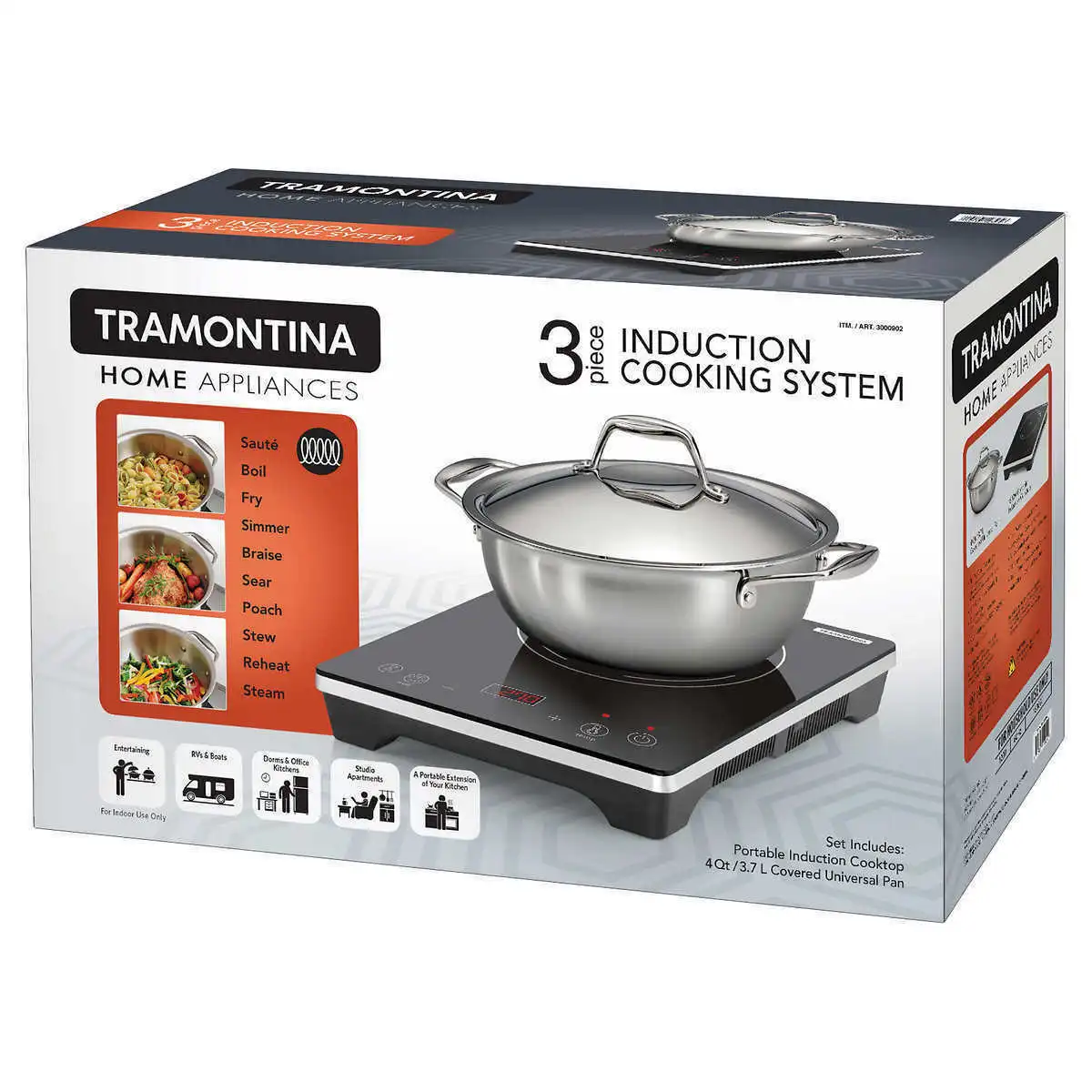
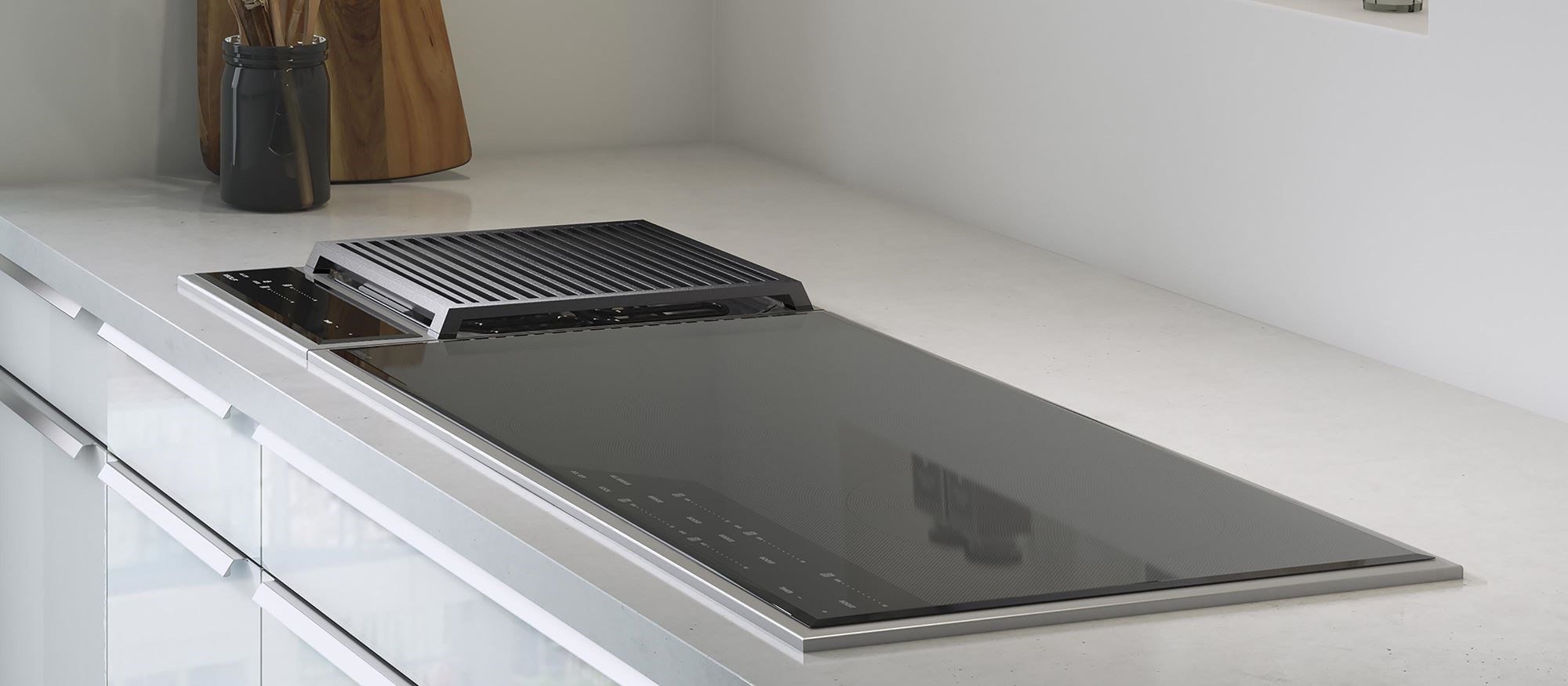
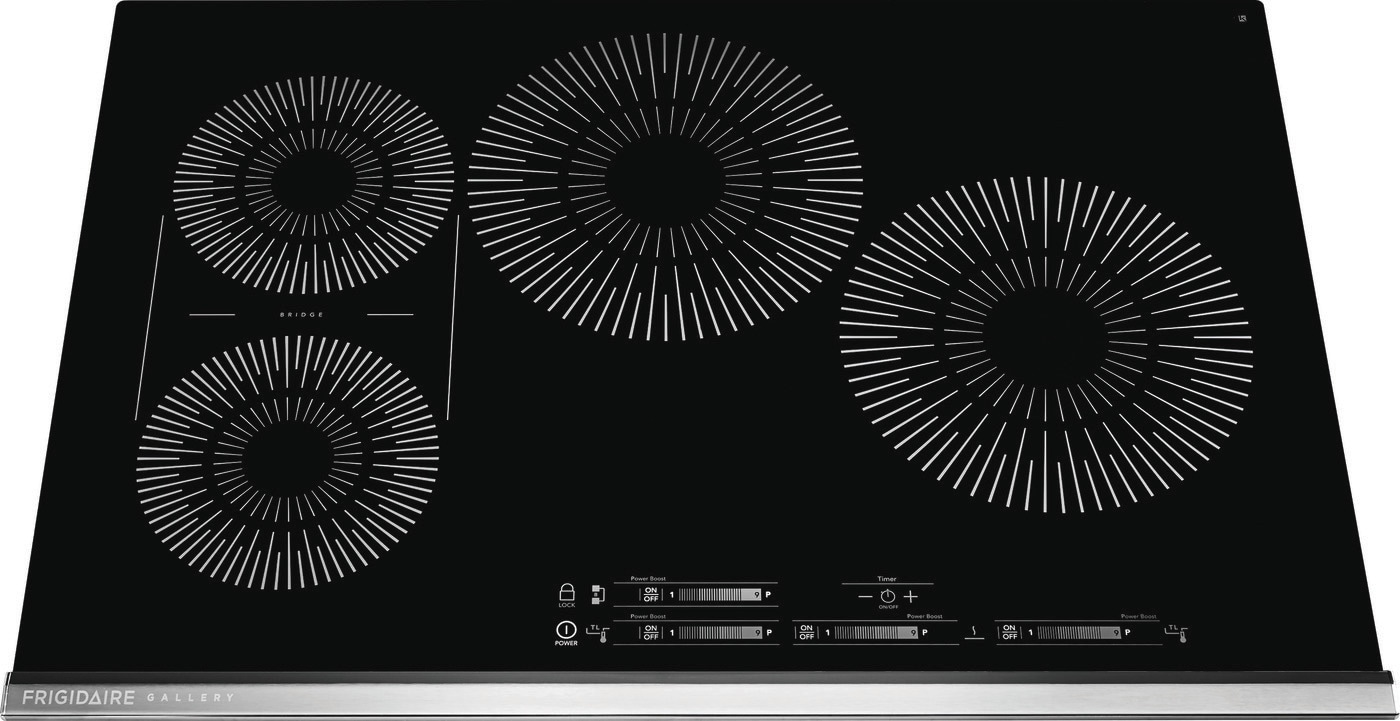
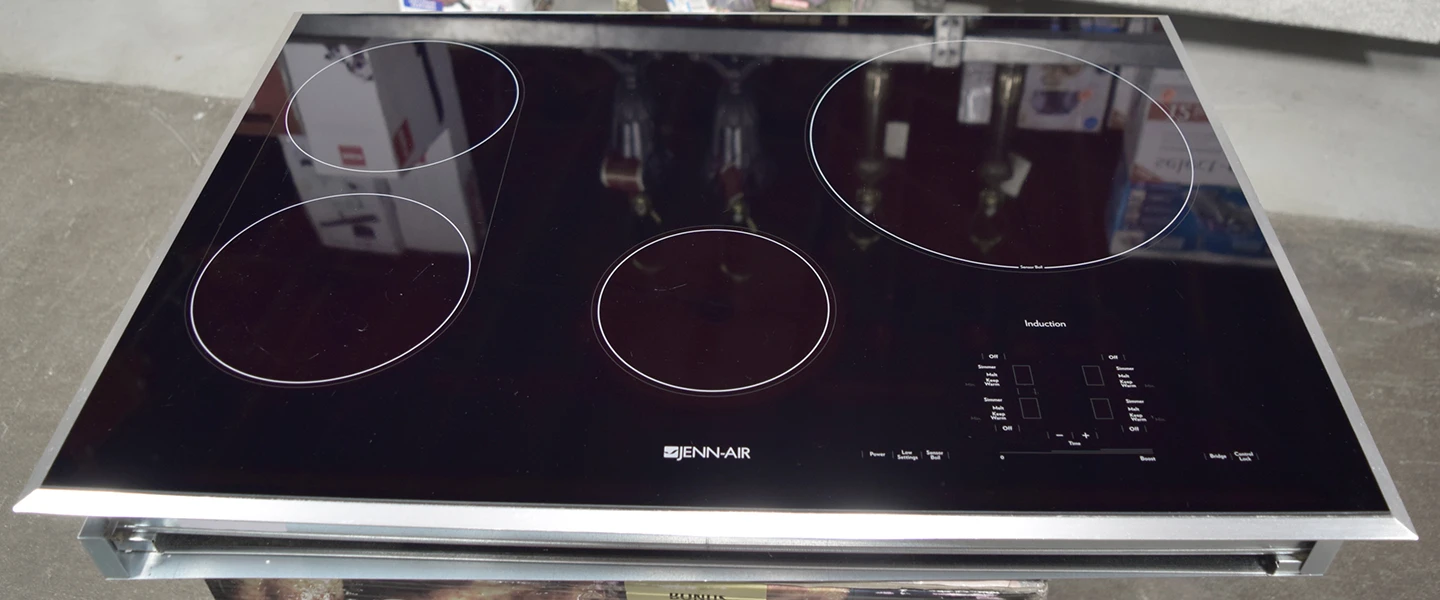
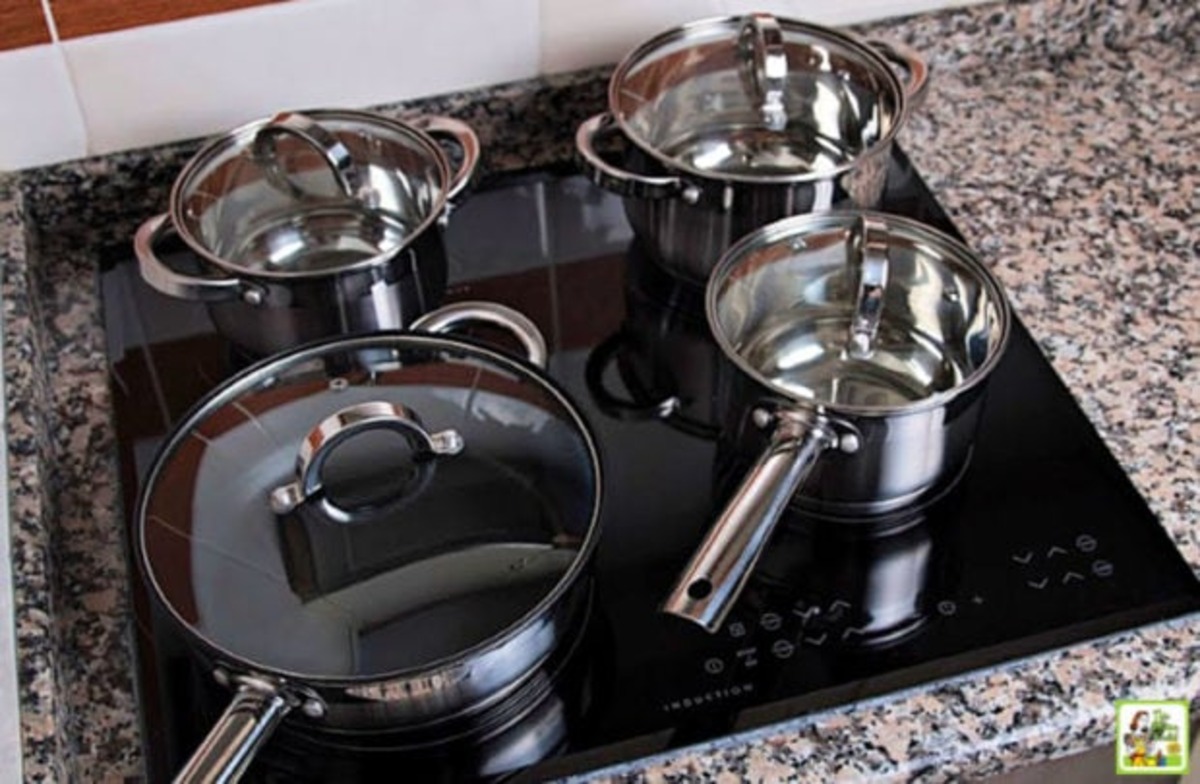
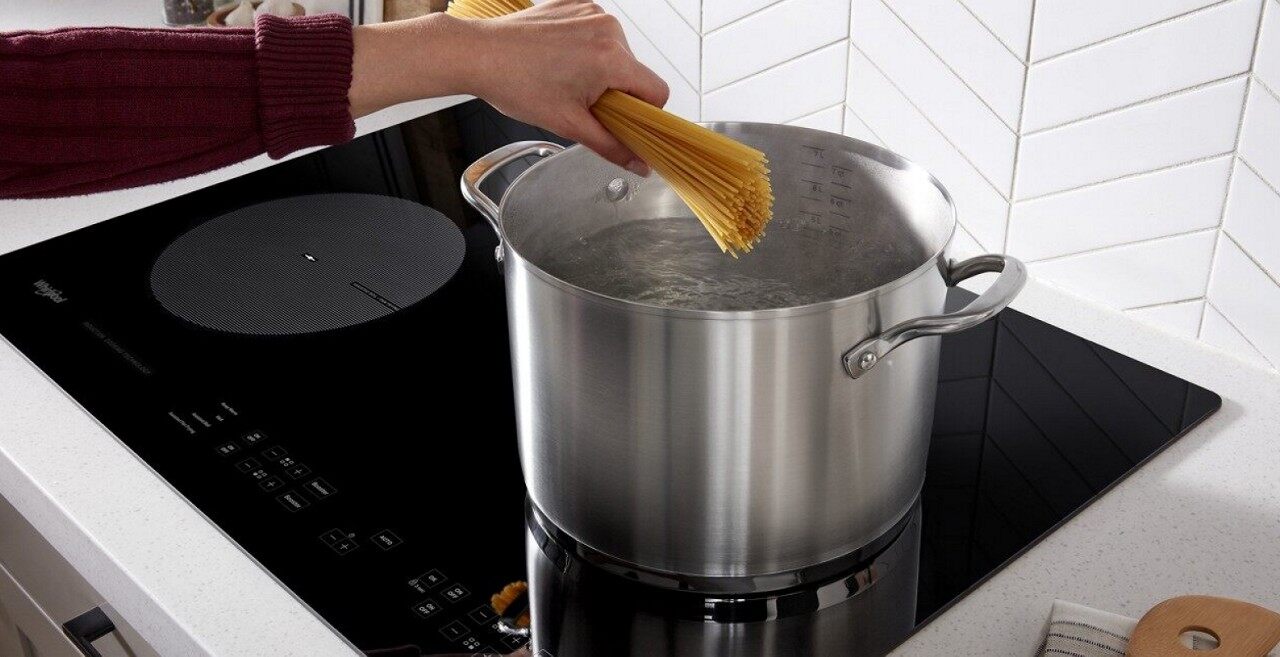
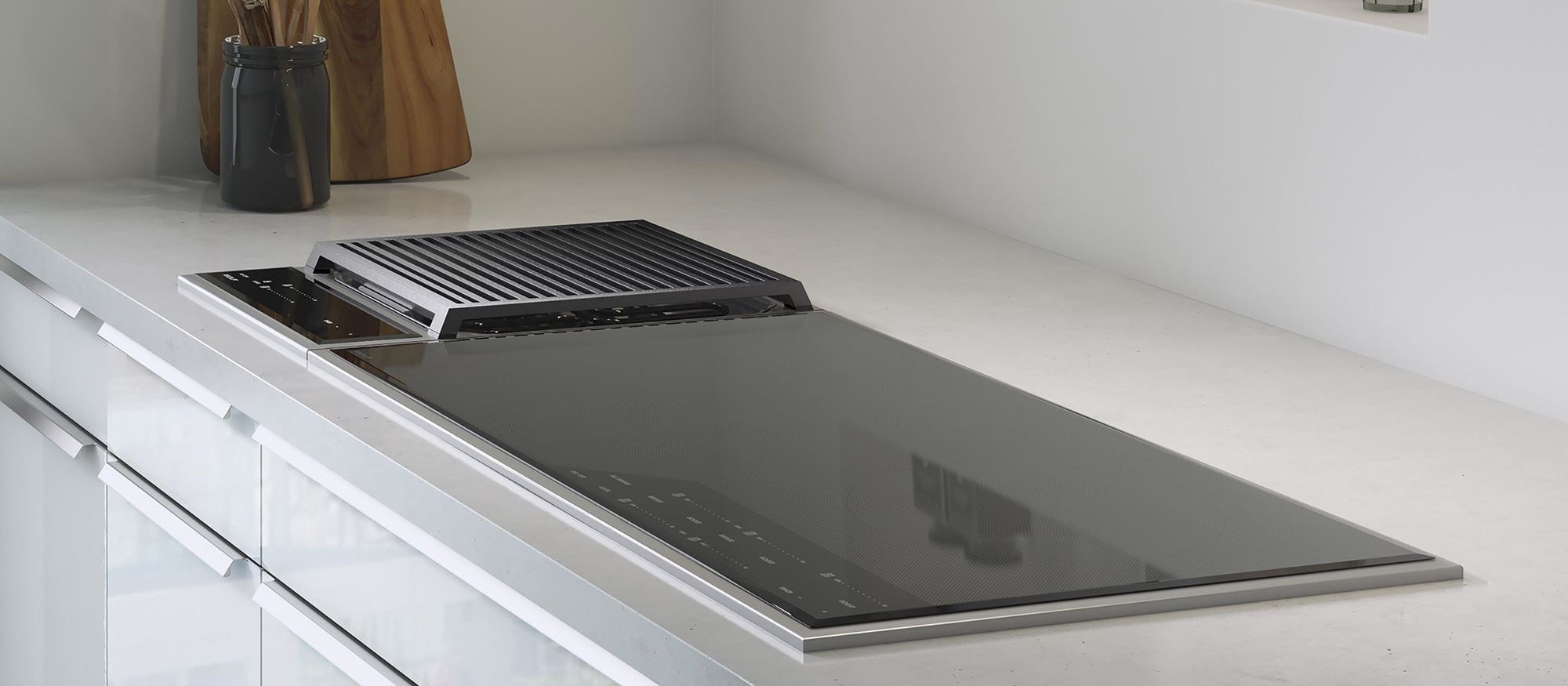
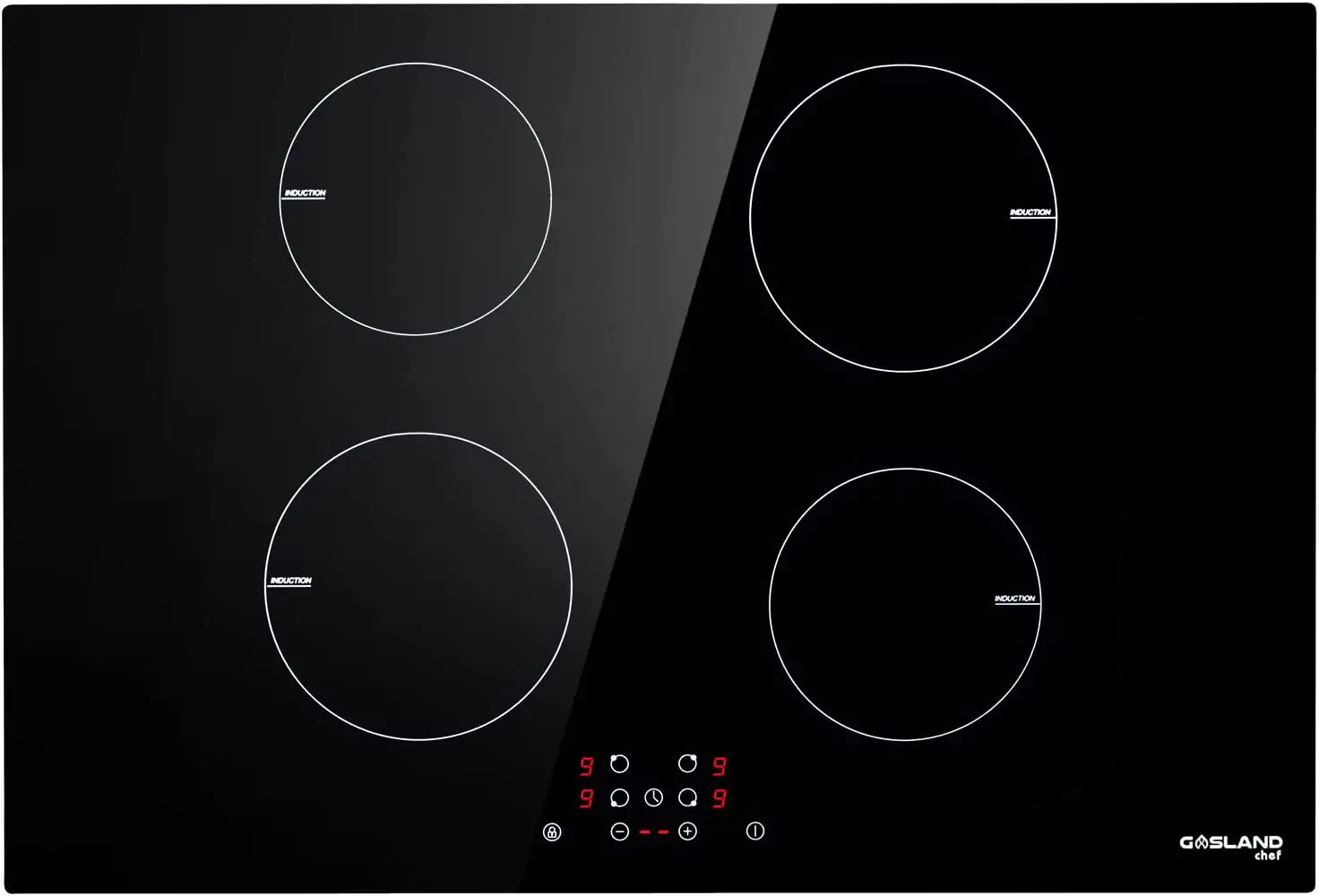
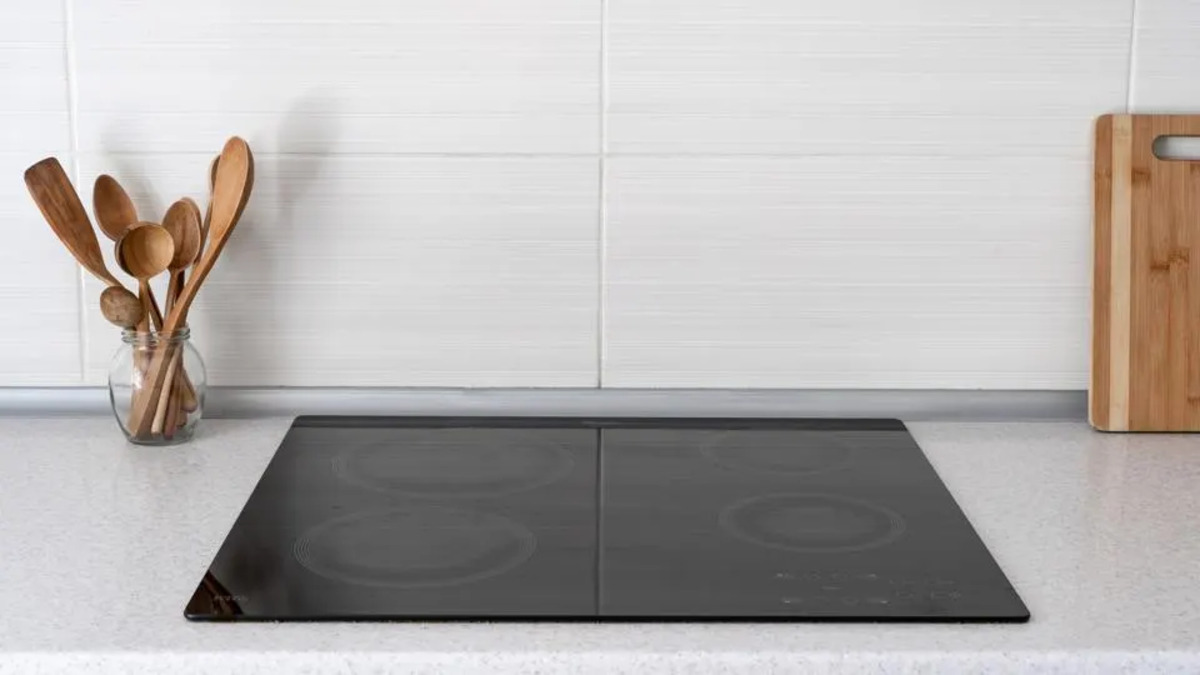
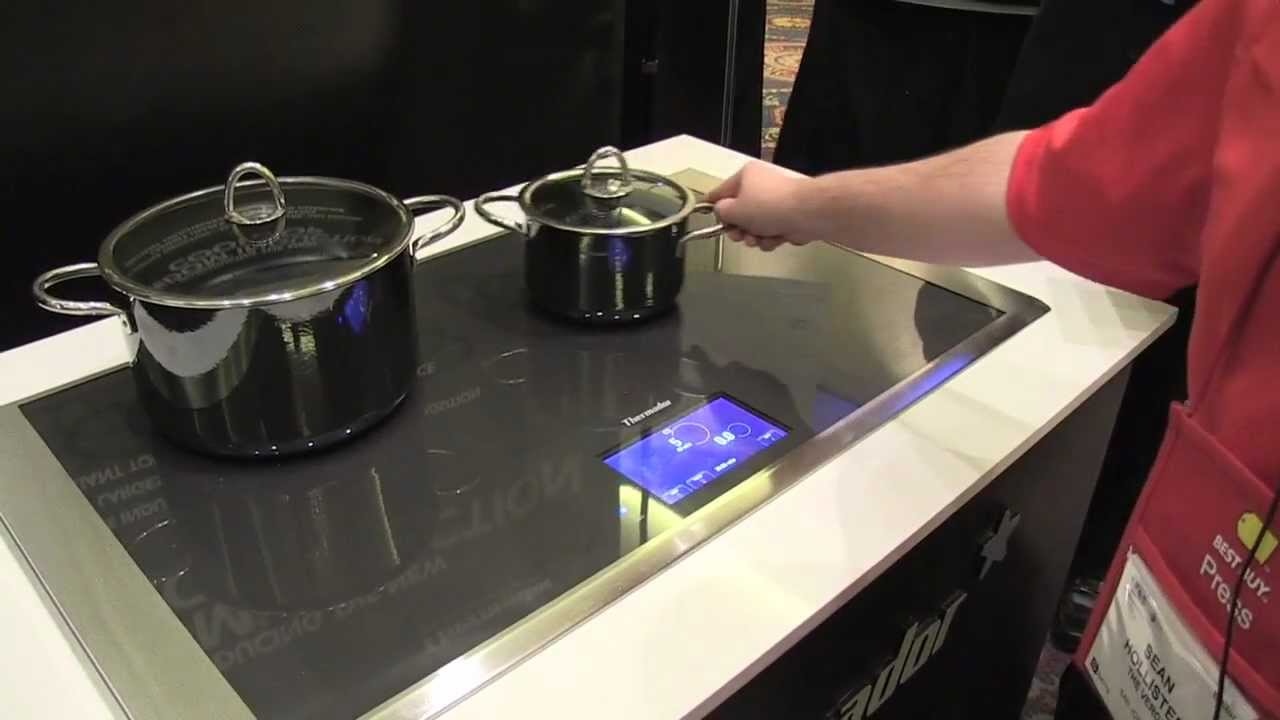
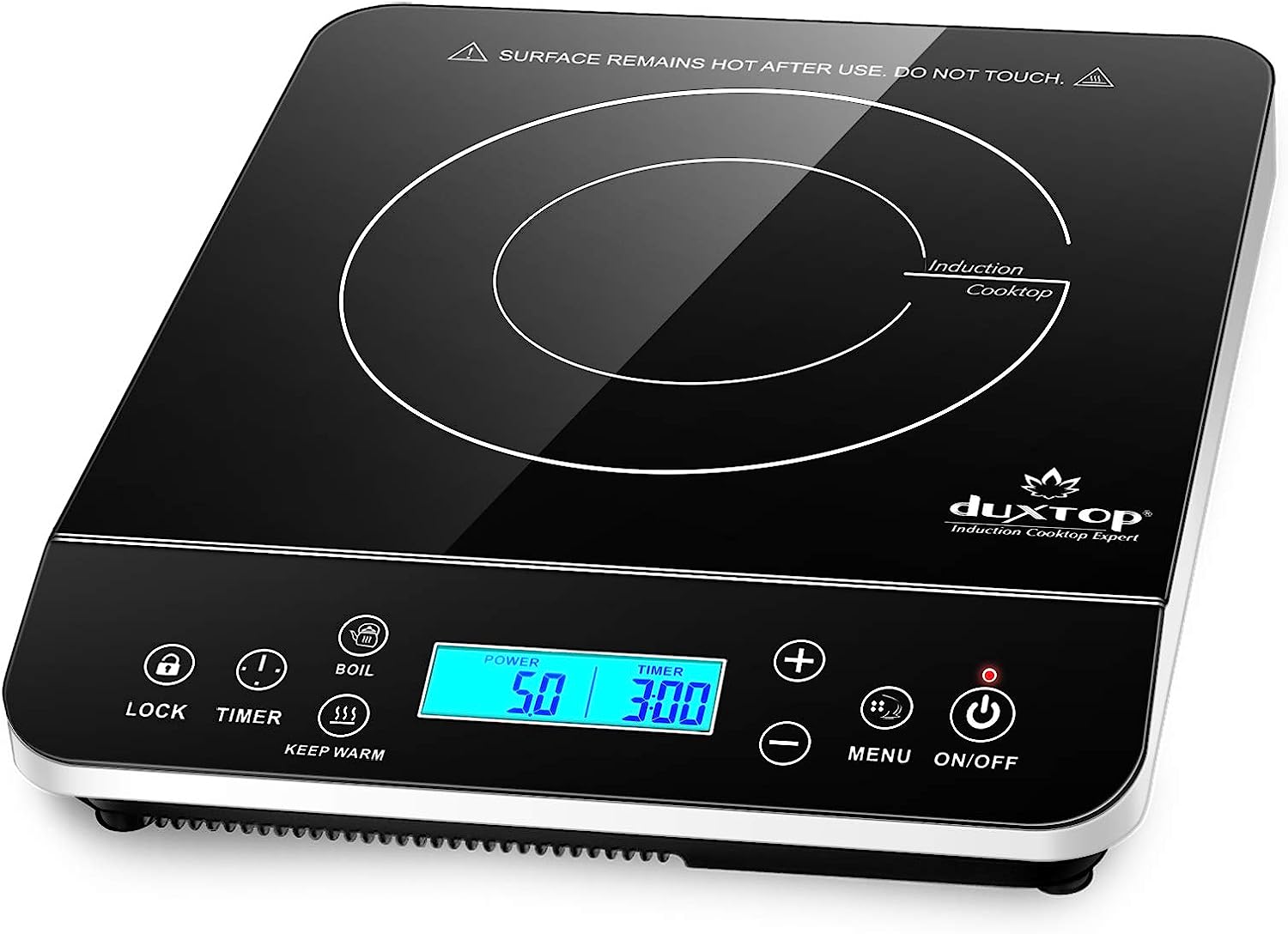
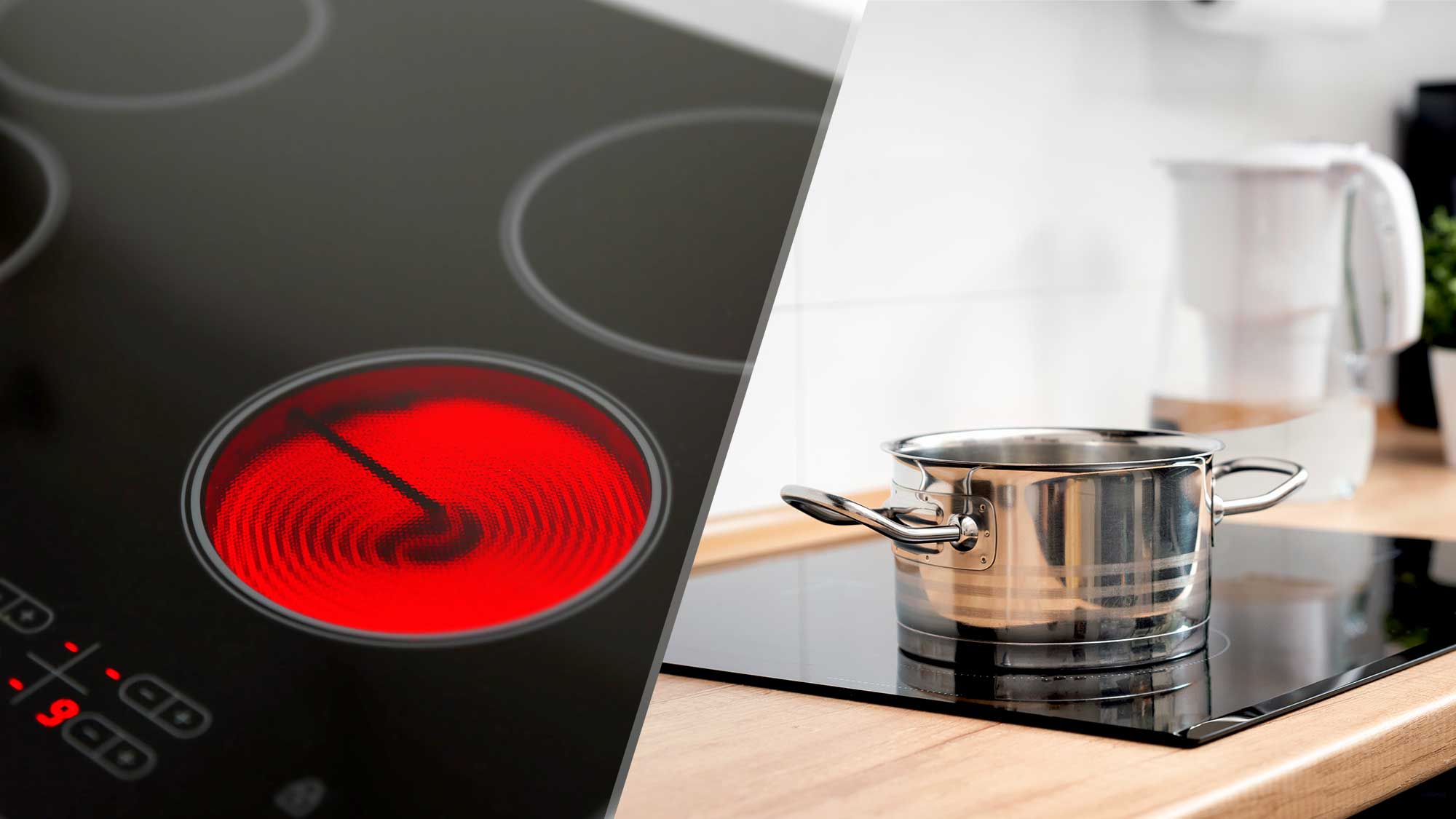

0 thoughts on “How To Use The LG Induction Cooktop”